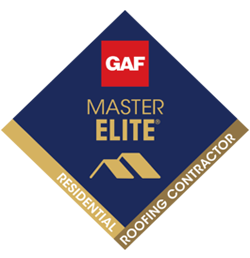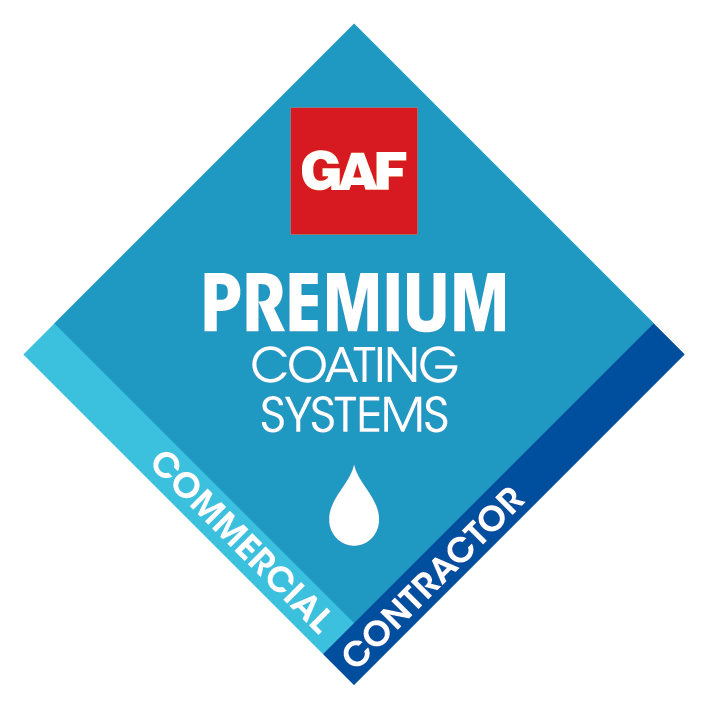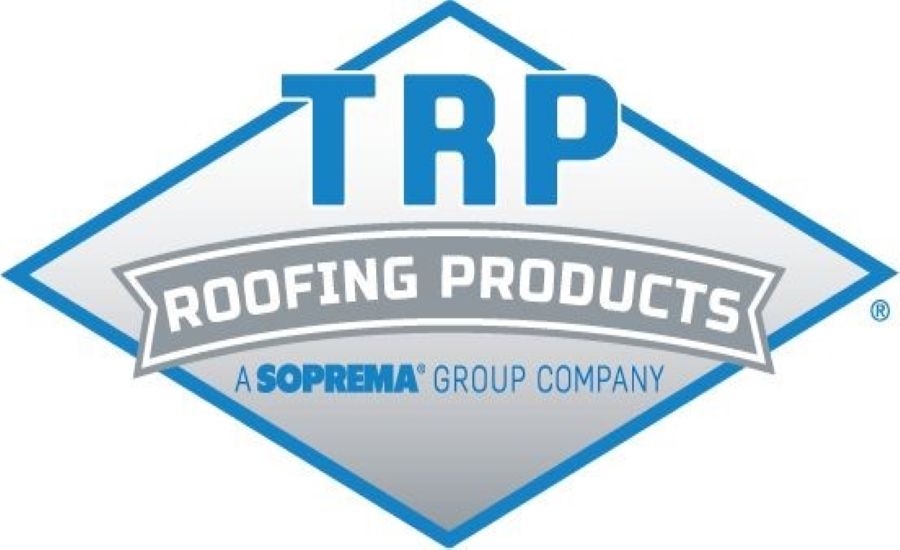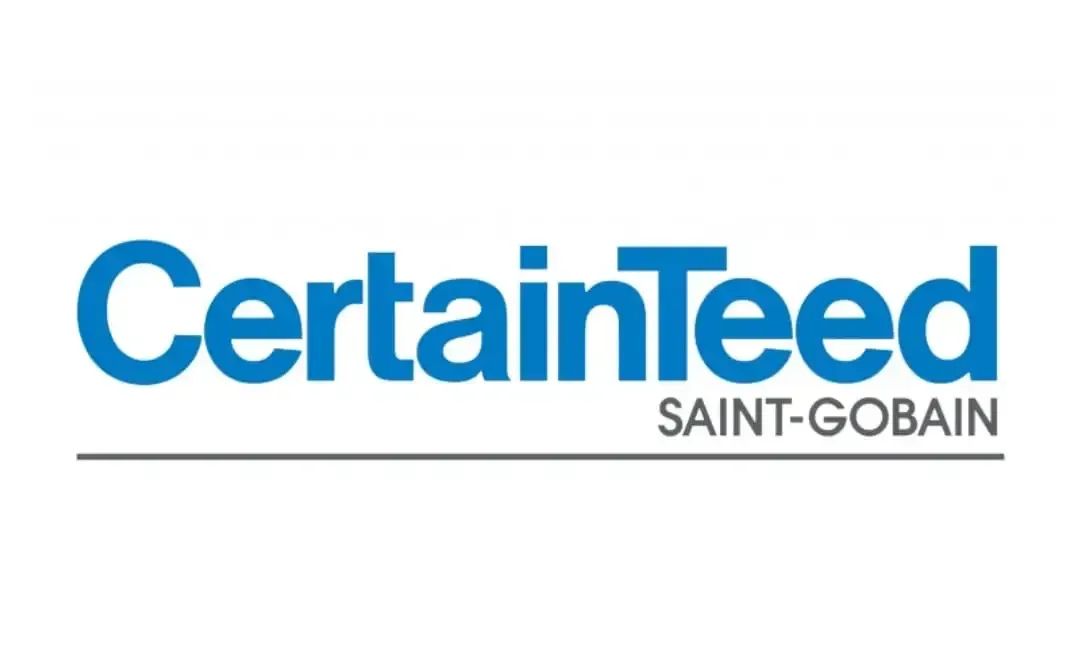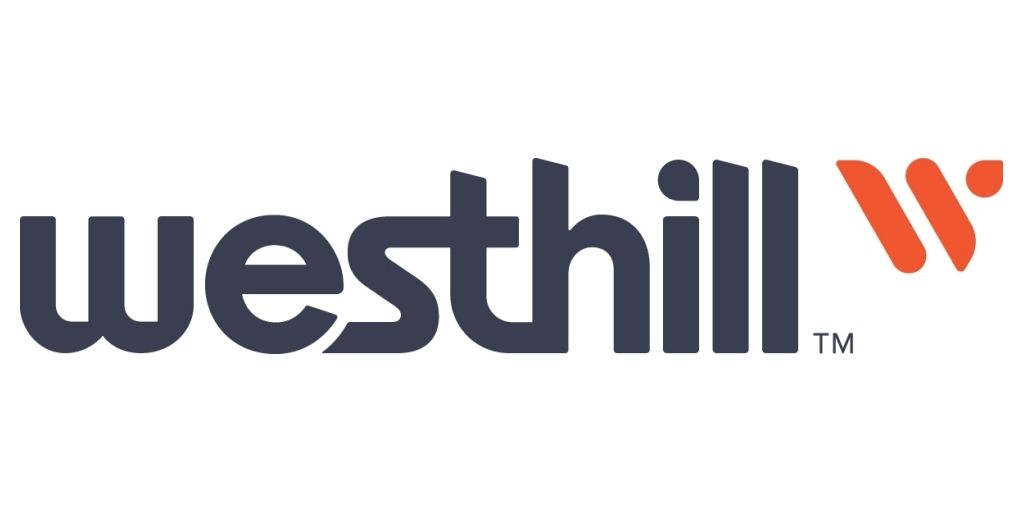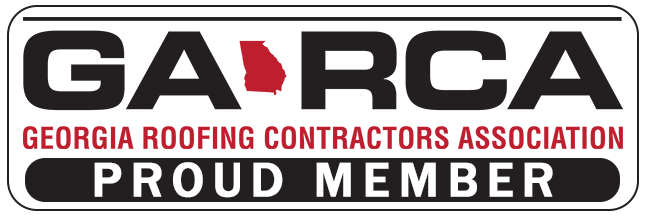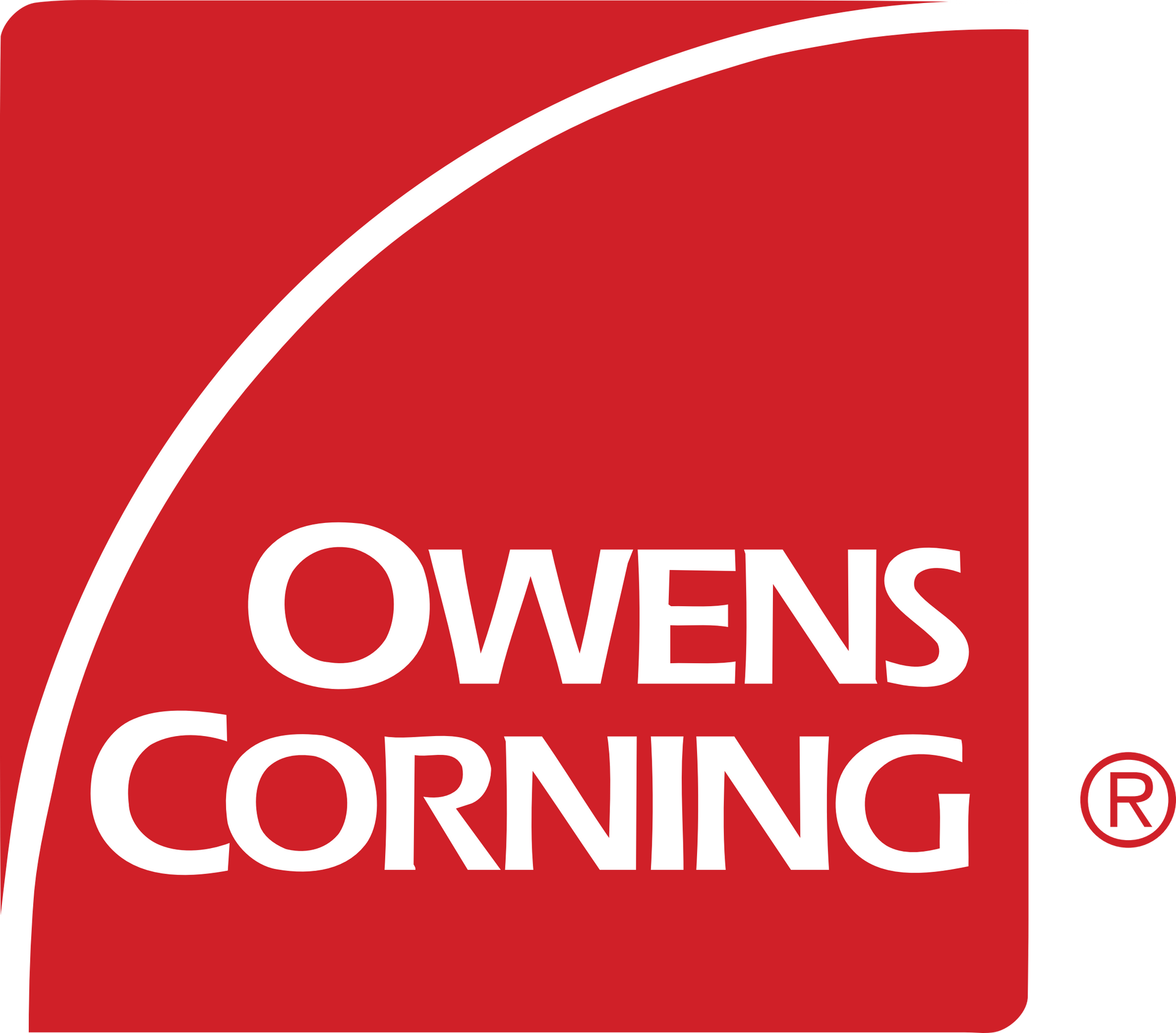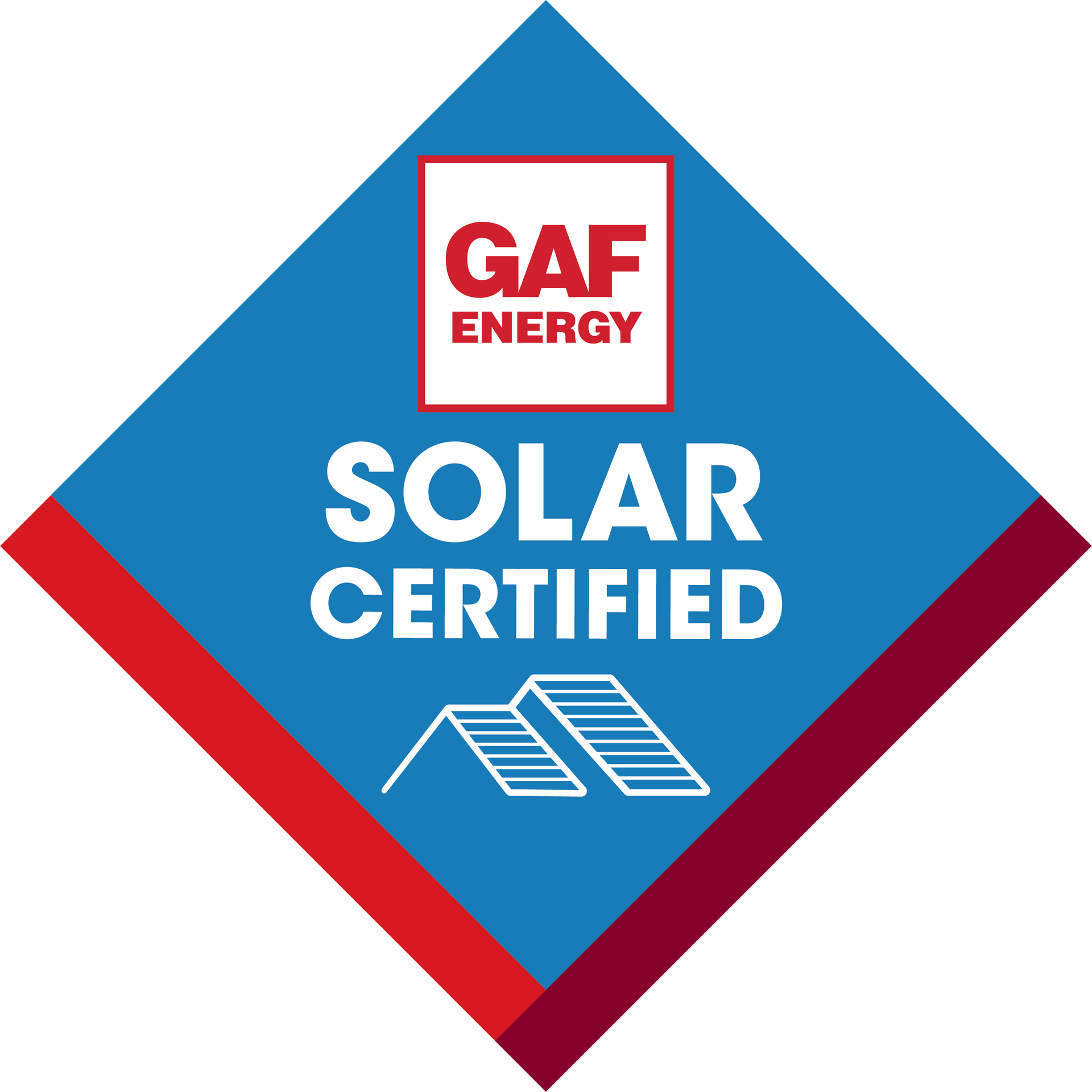5 most common Commercial Roofing Systems
Commercial roofing systems protect buildings from the elements and enhance their appearance. Each commercial roofing system has pros and cons. This article discusses the 5 most common commercial roofing systems.
1. Built-up Roof (BUR)
The most traditional commercial roofing system is the built-up roof (BUR). Its layers are asphalt-based bitumen and fiberglass reinforcement fabrics. Hot tar or asphalt alternates with gravel or roofing felt on top. This roofing system lasts 20–30 years and is durable. It's heavy and doesn't reflect sunlight, so it needs to be reinforced.
2. Modified bitumen roofing
Modified bitumen roofing is asphalt-based and weatherproof. A single-ply membrane adheres or mechanically attaches to the roof deck. This roofing system is inexpensive, easy to install, and ideal for new construction projects. It lasts 15–20 years and is low-maintenance. It can leak and puncture, unlike the built-up roofing system.
3. Single-Ply Membrane Roof
Single-ply membrane roofing uses a single layer of PVC or TPO. A watertight barrier is created by adhering or mechanically attaching the membrane to the roof deck and sealing the edges. Flat or low-slope roofs benefit from this flexible and easy-to-install roofing system. For buildings with low load-bearing capacity, it is lightweight. Because it reflects sunlight, single-ply membrane roofing is energy efficient. It leaks and punctures more easily than the built-up roofing system.
4. Metal Roofing
It uses steel, aluminum, or copper panels. Depending on the metal roofing system, the panels can overlap or interlock on the roof deck. Metal roofing lasts 50 years or more and is durable. Reflecting sunlight makes it energy-efficient and low-maintenance. For buildings in wildfire-prone areas, metal roofing is fire-resistant. It is expensive and unsuitable for flat or low-slope roofs.
5. Green roofing
It covers the roof deck with soil and plants. Energy-efficient vegetation insulates the building and reduces heat absorption. Green roofing reduces stormwater runoff and improves air quality. It's long-lasting and low-maintenance.






